Game description:
Killer Trait opens with the protagonist being blamed for a serious crime they claim they didn’t commit. With no legal defense and no support, the character is pushed into hiding. In this moment of desperation, an unexpected figure appears — a killer who selects targets based on their past actions. The player is presented with a decision: reject help and remain isolated, or accept support and become involved in something far from lawful. This connection drives the rest of the story.
Dialogue Paths And Player Control
The player controls both identity and interaction style. From the start, it’s possible to define name, gender expression, and pronouns. The story then unfolds over several scenes where choices must be made in conversation. Some lead to stronger connections, others create doubt or distance. The consequences of these choices are not always immediate but build toward larger changes in direction as the days pass.
· Define your name and personal traits
· Decide how to interact with each character
· Influence trust through small actions
· Explore motives behind each decision
· Reach multiple possible conclusions
Story Progression And Character Focus
Most of the story is told through direct dialogue. Players interact with major figures, including a former detective, a journalist, and the killer known as Oz. Each character offers different information and responses depending on how they are approached. Scenes are structured to keep focus on timing and tone. There is no traditional combat or inventory system — everything depends on what is said, and when.
Tone, Consequences, And Themes
The game follows a single narrative line shaped by personal choices. It deals with questions of trust, survival, and how far someone will go to be heard. Some decisions lead to irreversible events. Dialogue often places the player in situations without clear answers. Trusting the wrong person, or pushing too far, may break alliances or end the journey early. Reactions are recorded and carried into future scenes.
Future Shifts And Character Growth
It is also about learning who the protagonist is under pressure. As the player moves forward, each interaction becomes a reflection of their earlier choices. Characters respond differently based on memory of past moments. Whether the player protects themselves, helps others, or turns toward darker options, the result will depend on how consistent or unpredictable they have been throughout the path.










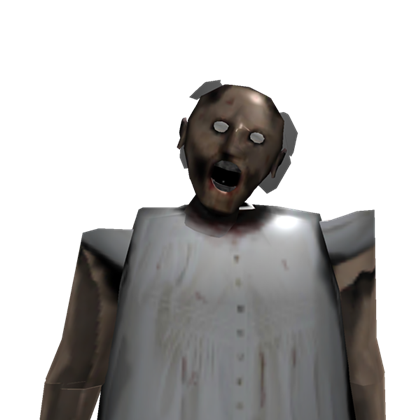






























































































































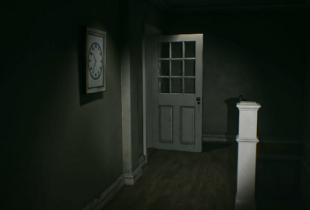

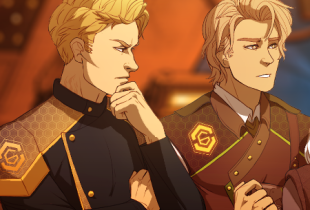





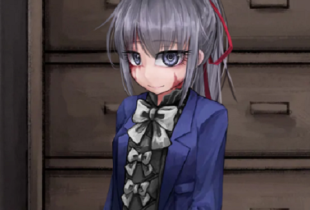
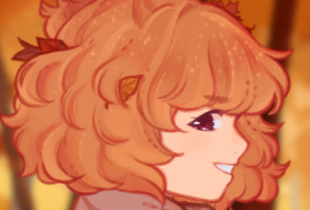
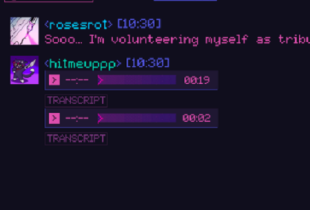



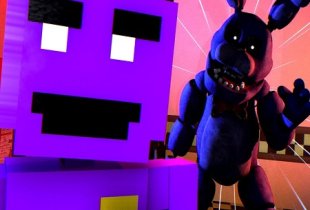
Comments